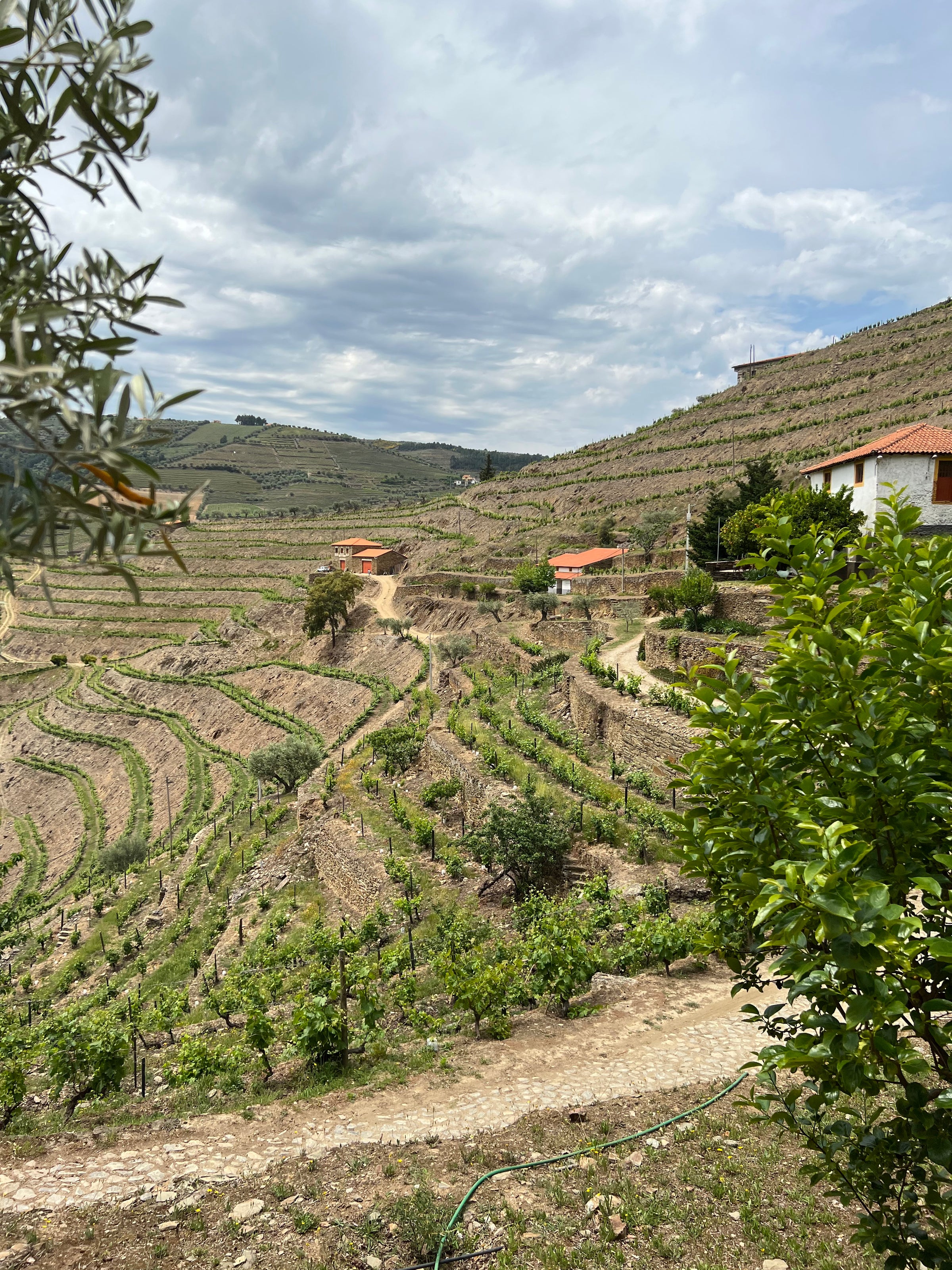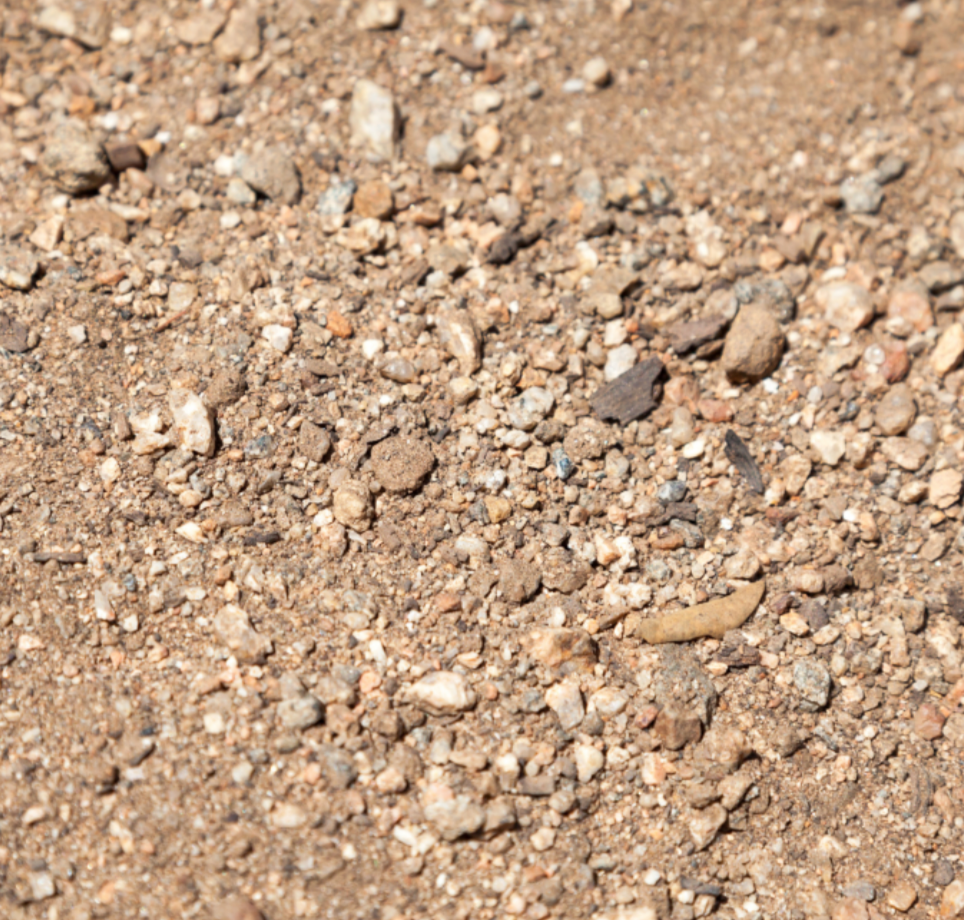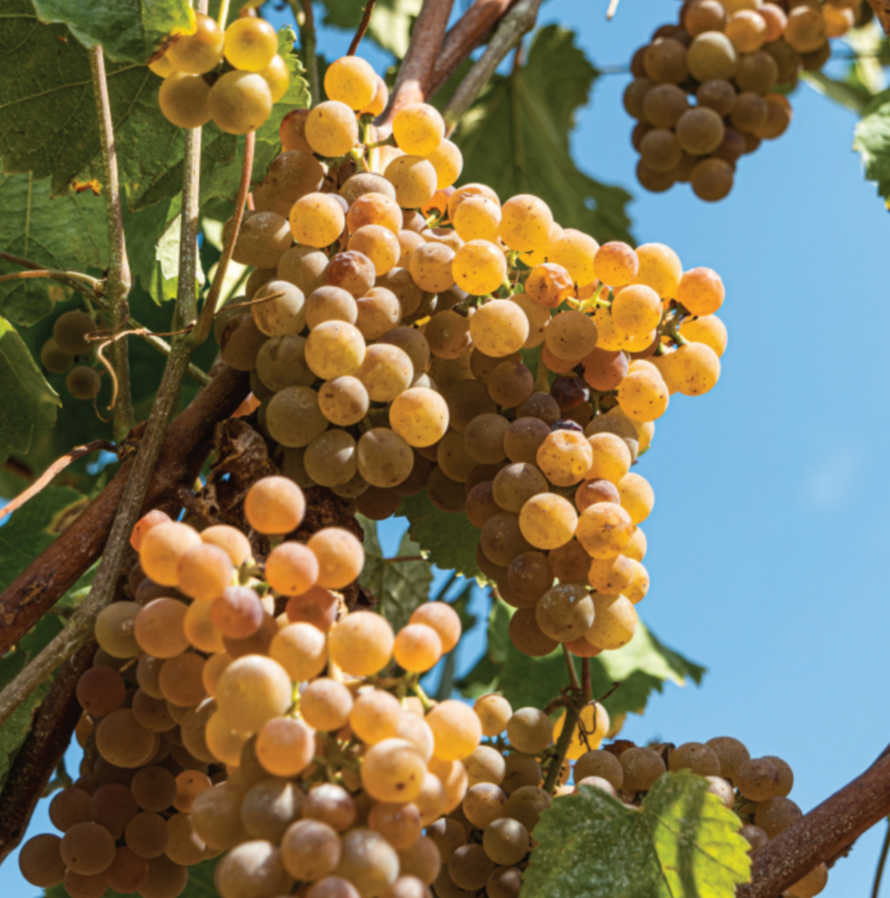Since my first job in the wine business was in the Douro region of Portugal, I have a deep appreciation for Port wine—and yet we offer relatively few Ports here on SommSelect, because we don’t see the kind of demand for these wines that once existed. The Douro is not only one of the most visually stunning wine regions on earth, it’s also one of the most historic, but for all its significance and “brand equity” in the wine world, many people have the same question: How do we drink these wines?
I’ll catalog several scenarios below, because Port—and especially the wood-aged Tawny style, which lends itself to a wider variety of applications than the richer, sweeter, Ruby/Vintage versions—deserves a place at your table. Quinta do Vallado is a family-owned estate with a profound Portuguese ancestry, and this 10-Year-Old Tawny is a textbook (and very well-priced) expression of the style—especially when you consider that this is far from a “one sitting” type of wine. Have a glass or two tonight, re-cork the bottle, store it someplace dark and cool, and re-visit it in a month: As a sweet as well as ‘fortified’ wine, this has a longer shelf life than most reds, thanks to the preservative qualities of elevated sugar and alcohol. This is a cellar essential, as far as I’m concerned—you just need to know how and when to use it!
But first, a refresher on what it is: Port is one of the world’s traditional fortified wines, along with Sherry, Madeira, and Marsala. That fortification comes from grape brandy, which is added to the wine to bring its alcohol up to about 20%—an invention born of necessity. Before the advent of airtight wine bottles and refrigeration, wines were shipped to British and Dutch colonies in wooden casks, which caused the wines inside to oxidize and spoil during their hot, roiling voyages in the hulls of ships. The addition of both sugar and added alcohol helped the wines withstand the rigors of shipping. Winemakers came to realize that when they added a neutral spirit during fermentation, rather than after, the conversion of sugar to alcohol abruptly stopped, resulting in a fruitier, fresher, more flavorful wine with a pleasing residual sweetness.
Most Port brands are owned by large companies, and these brands often bear a British or Dutch family name—in fact, I can’t think of another wine region where most of its brands overwhelmingly honor the history of an outsider. But not Quinta do Vallado. It is family-owned, family-operated, and Portuguese, a seemingly easy but somewhat unusual accomplishment for this region. In fact, Quinta do Vallado is one of the oldest estates in the Douro, established in 1716 (following Croft, Kopke, Warre’s, and Taylor Fladgate). It was the former property of Dona Antónia Adelaide Ferreira, one of the first prominent women in the wine business. Known by some as the “First Lady” of Port, she championed the interests of local farmers and advocated modern viticulture techniques, which saved more than a few vineyards from the deadly outbreak of mildew and phylloxera in the 19th century.
Today her descendants are the caretakers of Vallado. In the early 1990s, they restructured the estate’s 70 hectares, uprooting vineyards and simplifying planting. The governing body of Port, the IVDP (Instituto dos Vinhos do Douro e Porto), allows more than 25 grape varieties, but there is a debate as to the “Top 5.” Three of these contending grapes dominate Quinta do Vallado’s 10 Year Tawny blend: workhorse Tinta Roriz (Tempranillo); fussy but fragrant Tinta Amarela; and bold Touriga Nacional. Aged many years in wood casks, the wine’s color—a “tawny” amber—is the inspiration for its name, and if you are not a regular Tawny drinker, we need to change that. Here are some reasons why:
#1 The No Waste Factor.
This wine has already been exposed to oxygen (via oak aging) and can withstand being uncorked and recorked many times. Enjoy it as your mood dictates, seal tightly, stand upright, and keep it in a cool place, and you’ll get a good month out of it at minimum.
#2 Food Pairing Extravaganza.
As its sweetness is moderate, this can pair nicely with chocolate desserts, but there are no hard rules: be creative and brave in pouring this with Quiche Lorraine, crispy duck, salty blue cheeses, French onion soup, roasted fruit tarts, cheesecakes, and chicken liver mousse (the sweet/savory contrast, much like the combination of Sauternes and foie gras, can be magical).
#3 Makes a Mean Cocktail.
Tawny Port is enjoying a renaissance thanks in part to crafty mixologists. One way to utilize it on your home bar is as a sub for an Italian Vermouth: Stir 1 oz with your favorite whiskey, add high-toned, craftsman bitters (try black walnut, chocolate, burnt caramel, or orange flavor) and revel in your mastery.
Displaying a glowing, reddish-amber hue, Quinta do Vallado 10 Year Tawny is a fruitcake of burnt orange, dried cherry, ripe fig and blackberry. The mid-palate mellows into salted plum, praline, roasted coffee bean, hints of star anise, and cinnamon. The finish is an unexpected breezy pinwheel, effortlessly swirling with mouthwatering color and flavor. Temperature is crucial: stay right at cellar temp (55 degrees) or a little below to moderate the heat of the alcohol and allow the ample fruit and spice to shine. Decanting is not necessary, and neither is a corkscrew! Simply cut the foil and pour 3 ounces or so in either an all-purpose white wine stem or, if you have them, specialty Port glasses. Although it would pair nicely with some dark chocolate chunked like Parmigiano, I love the sweet/savory contrast of Tawny with funkier cheeses. In the end, you'll be surprised at just how versatile it is!





